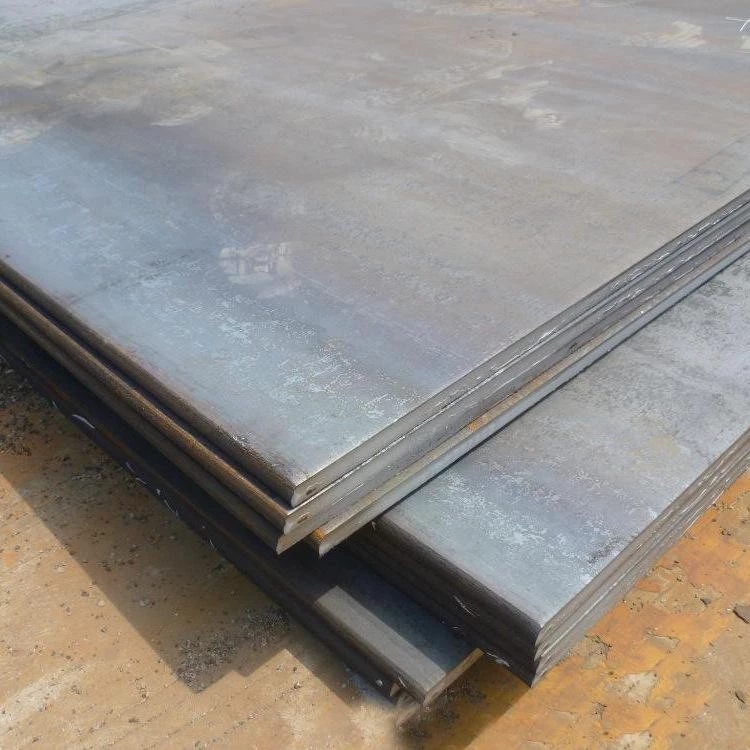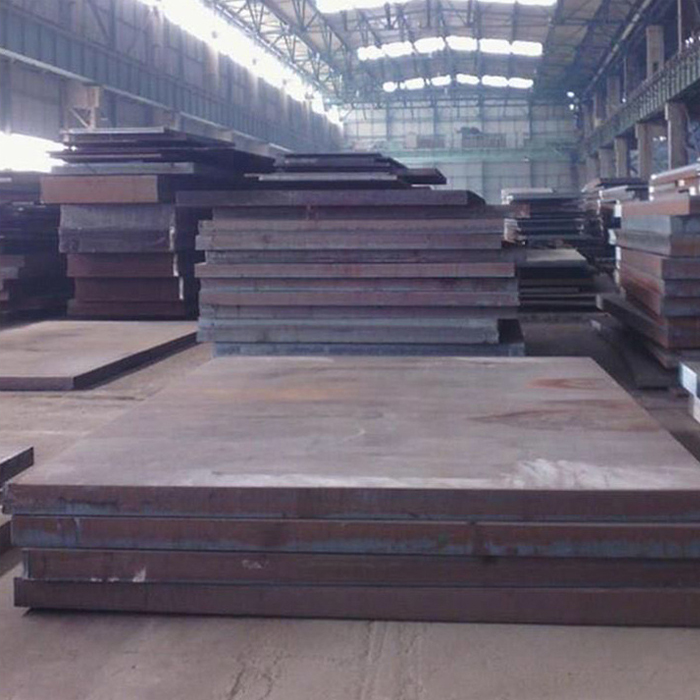First of all, good toughness is the most critical requirement for marine steel plates. In addition, it requires high strength, good corrosion resistance, welding performance, processing and forming performance and surface quality. In order to ensure quality and sufficient toughness, the Mn/C of the chemical composition is required to be above 2.5, there are also strict requirements for carbon equivalent, and it must be produced by a steel factory approved by the ship inspection department. Marine steel plates refer to hot-rolled steel plates used to manufacture ship hull structures produced in accordance with the requirements of classification society construction specifications. Marine steel plates are classified as medium-thick plates and are hot-rolled steel plates produced in accordance with the requirements of classification society construction specifications and used to manufacture ship hull structures.

1. Introduction to marine steel plates
Due to the harsh working environment of the ship, the hull shell is subject to chemical corrosion, electrochemical corrosion, and corrosion from marine organisms and microorganisms in seawater; the hull is subject to large wind and wave impacts and alternating loads; the shape of the ship makes the processing method complicated and other factors, so for The steel requirements for hull structures are strict. First of all, good toughness is the most critical requirement. In addition, high strength, good corrosion resistance, welding performance, processing and forming performance and surface quality are required. In order to ensure quality and sufficient toughness, the Mn/C of the chemical composition is required to be above 2.5, there are also strict requirements for carbon equivalent, and it must be produced by a steel factory approved by the ship inspection department. Structural steel for hulls is divided into strength levels according to their minimum yield point: general strength structural steel and high strength structural steel. Structural steel for hulls is divided into two types: general strength steel and high strength steel. General strength steel is divided into four grades A, B, D and E according to quality; high strength steel is divided into two strength levels and three quality grades; AH32, DH32, EH32, AH36, DH36, EH36.
The general strength structural steel specified by China Classification Society is divided into four quality grades: A, B, C, and D (i.e., CCSA, CCSB, CCSC, CCSD); the high-strength structural steel specified by China Classification Society is divided into three quality grades: Intensity levels, four quality levels.
2. Classification society specifications
China: CCS
United States: ABS
Germany: GL
France: BV
Norway: DNV
Japan: KDK
UK: LR
The ship plate steel grades that can be produced in China include general-strength grades A, B, D, and E and high-strength grades AH32, DH32, EH32, AH36, DH36, and EH36; the ship plate specifications that can be produced range from 5-80mm x 1500 -3900mm x 3000-12000mm.
Marine steel plate materials, general strength steel for hull structures are divided into four grades: A, B, C, and D. The yield strength (not less than 235N/mm^2) and tensile strength (400~520N/mm) of these four grades of steel ^2) The same, except that the impact energy at different temperatures is different; High-strength hull structure steel is divided into strength grades according to its minimum yield strength, and each strength grade is divided into A, D, E, F4 level.

The yield strength of A32, D32, E32, and F32 is not less than 315N/mm^2, and the tensile strength is 440~570N/mm^2. A, D, E, and F respectively indicate that they can be used at 0°, -20°, Impact toughness that can be achieved at -40° and -60°;
The yield strength of A36, D36, E36 and F36 is not less than 355N/mm^2, and the tensile strength is 490~620N/mm^2. A, D, E and F respectively indicate that they can be used at 0°, -20°, Impact toughness that can be achieved at -40° and -60°;
The yield strength of A40, D40, E40 and F40 is not less than 390N/mm^2, and the tensile strength is 510~660N/mm^2. A, D, E and F respectively indicate that they can be used at 0°, -20°, Impact toughness that can be achieved at -40° and -60°.
Post time: Jan-17-2024